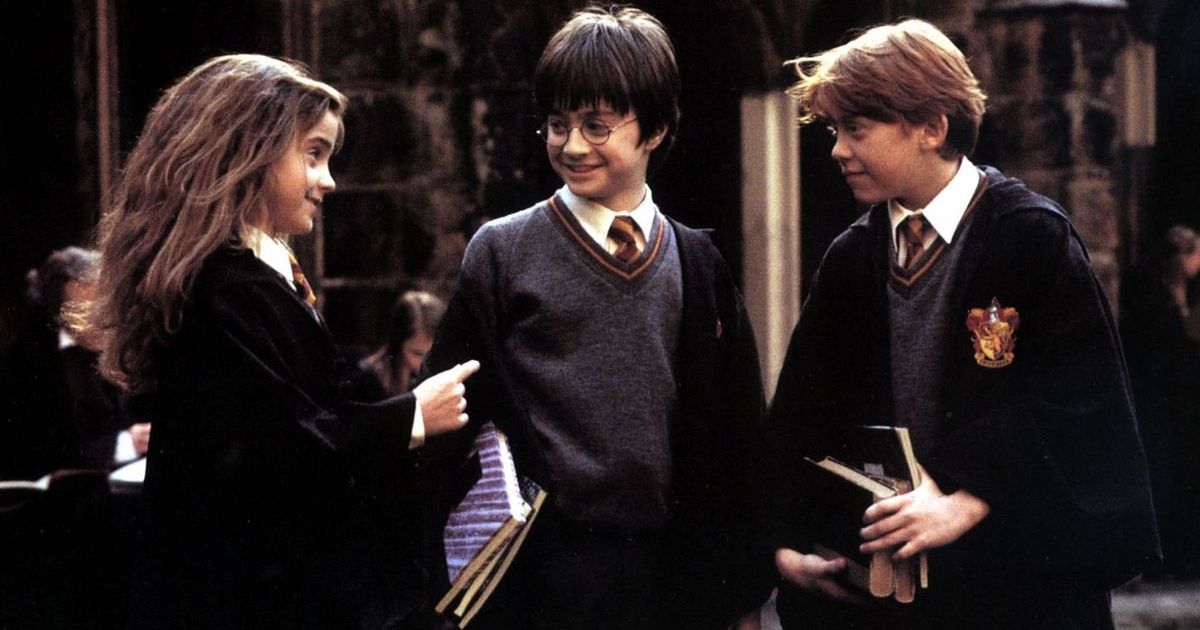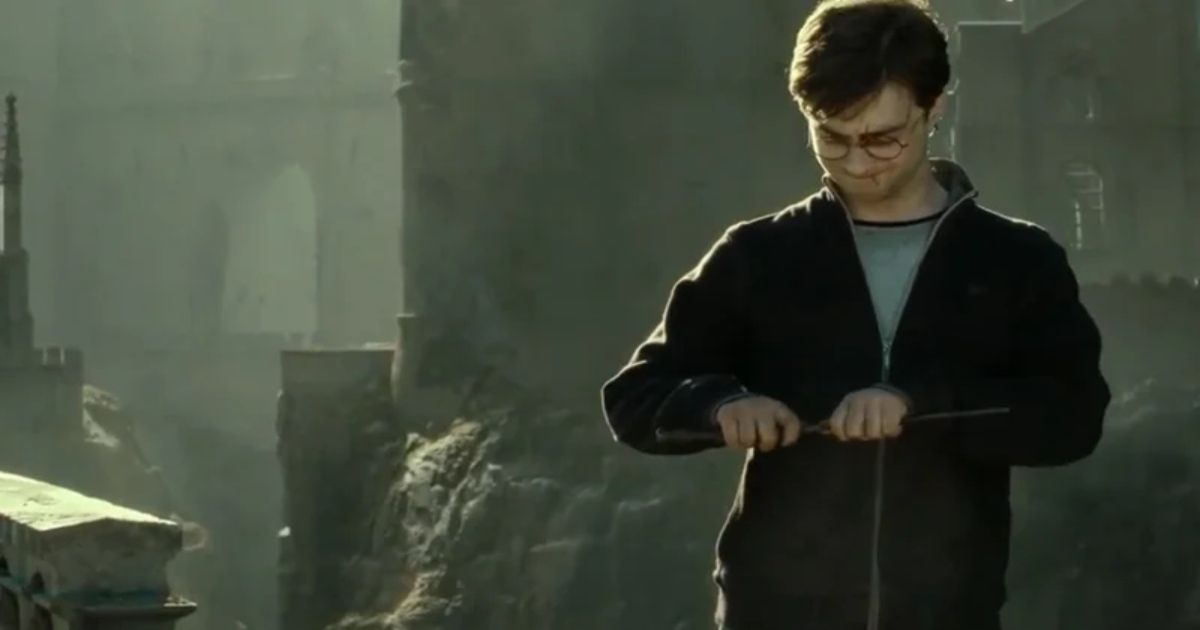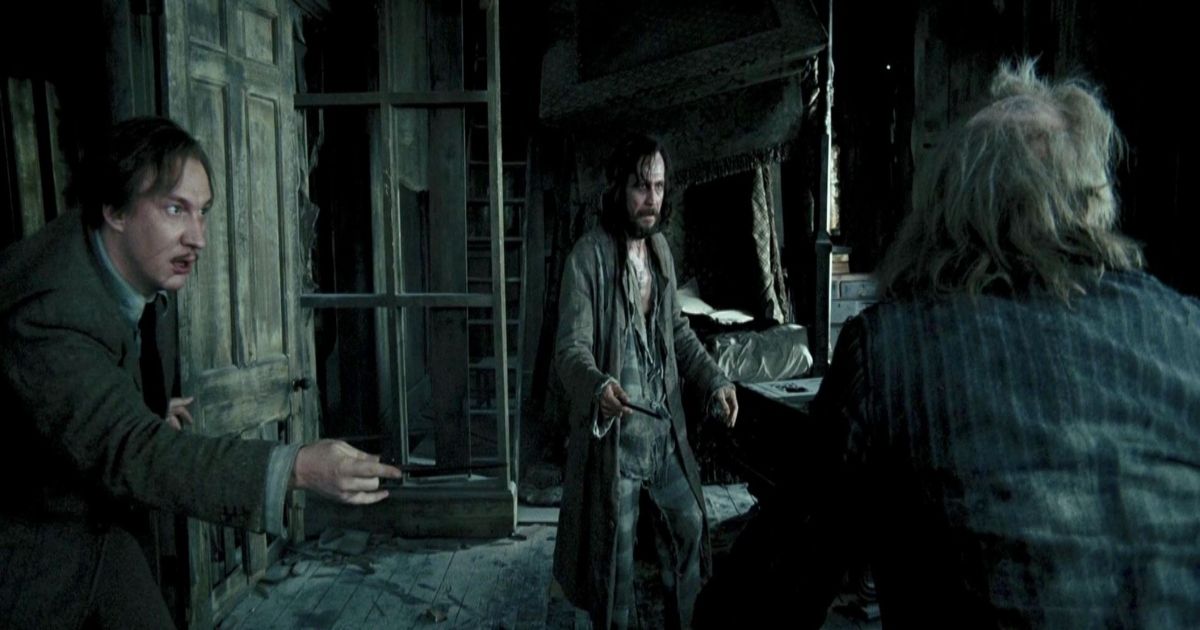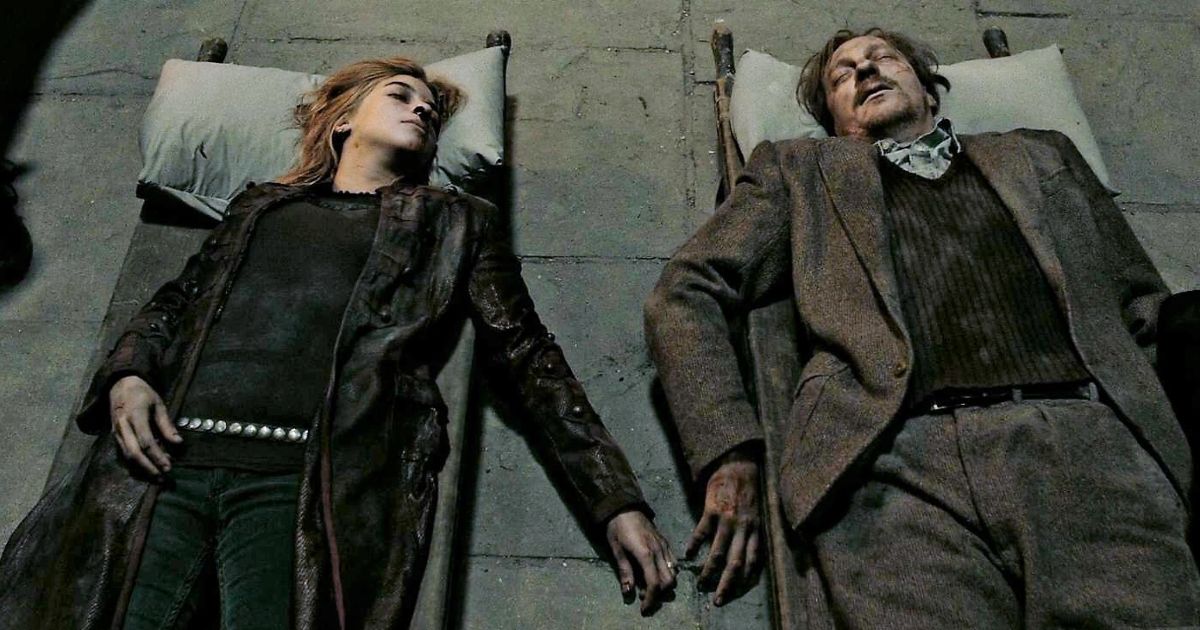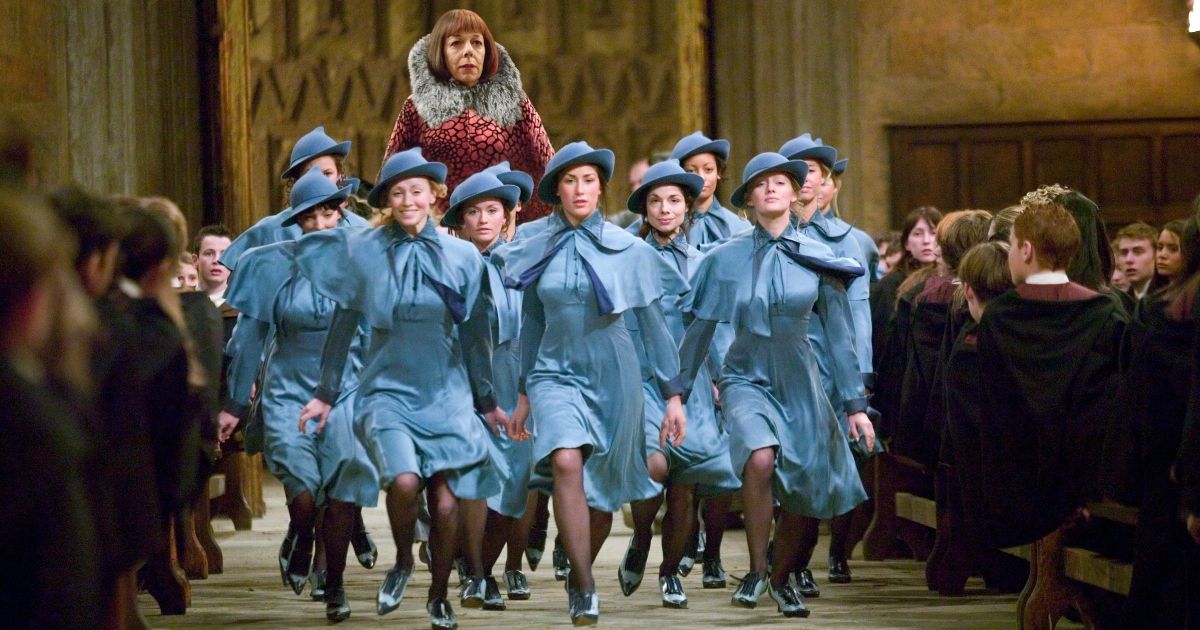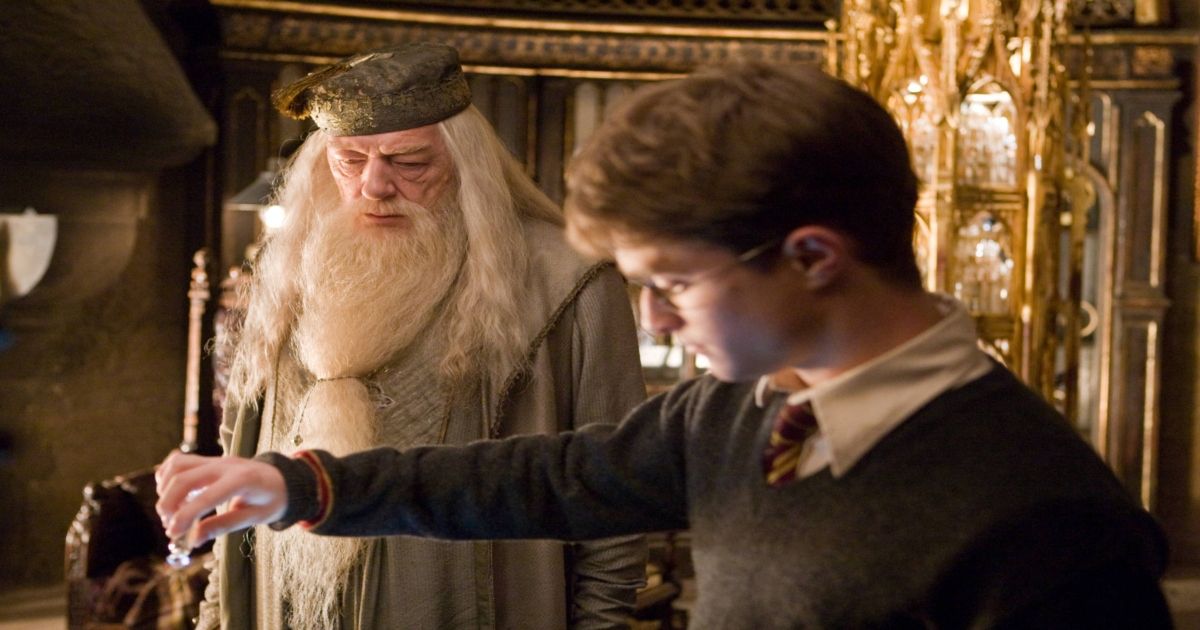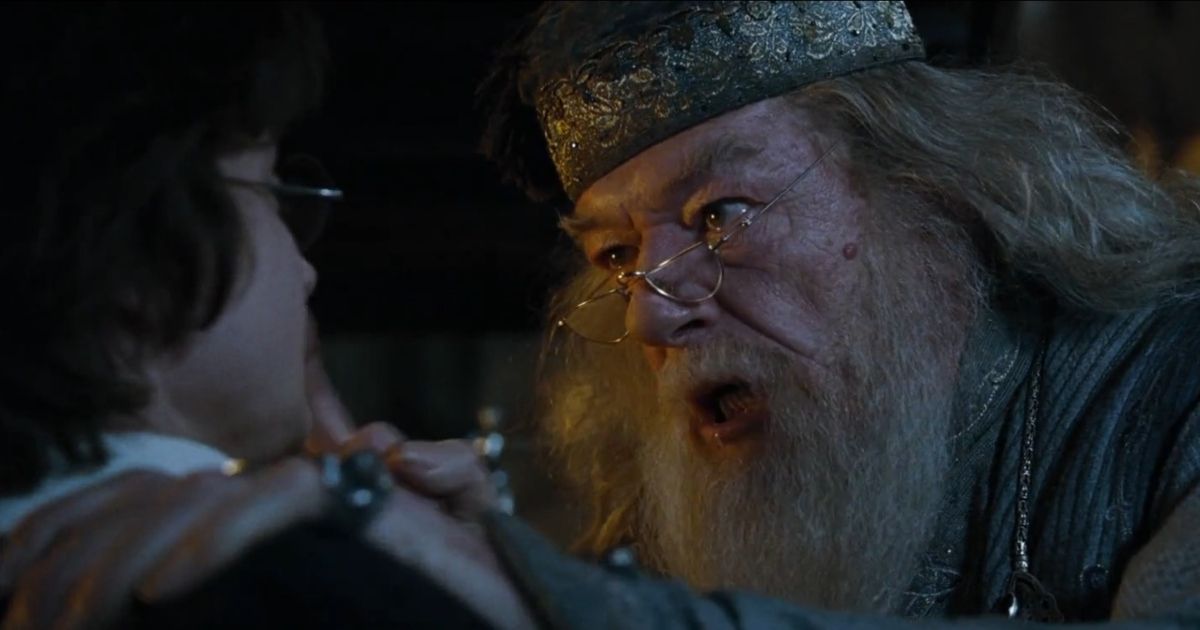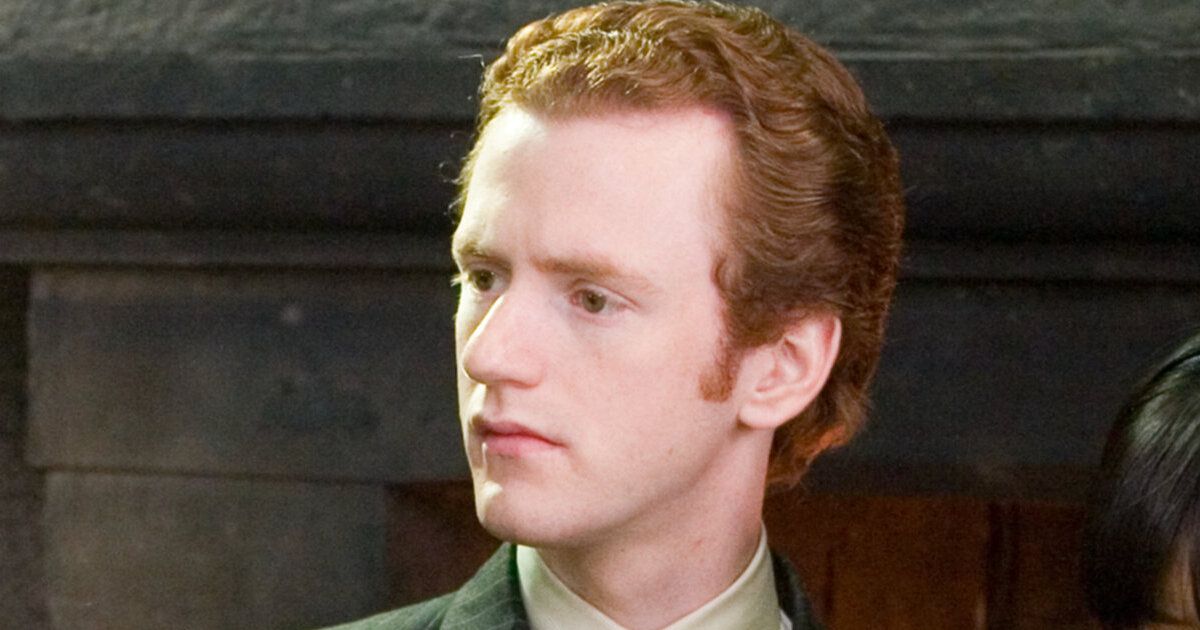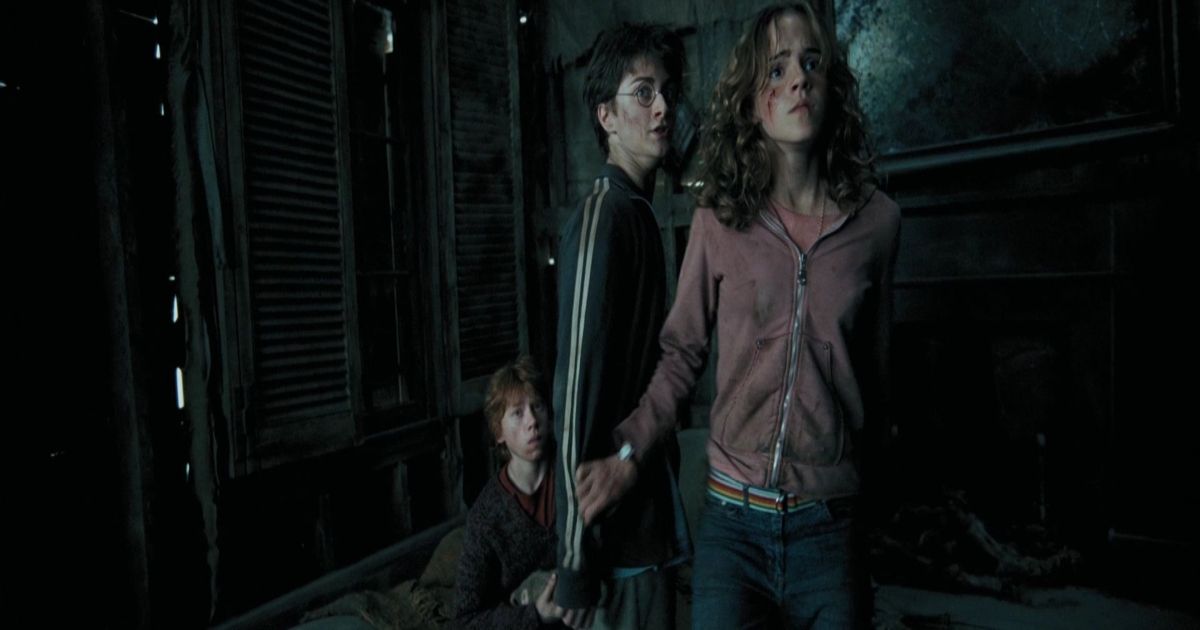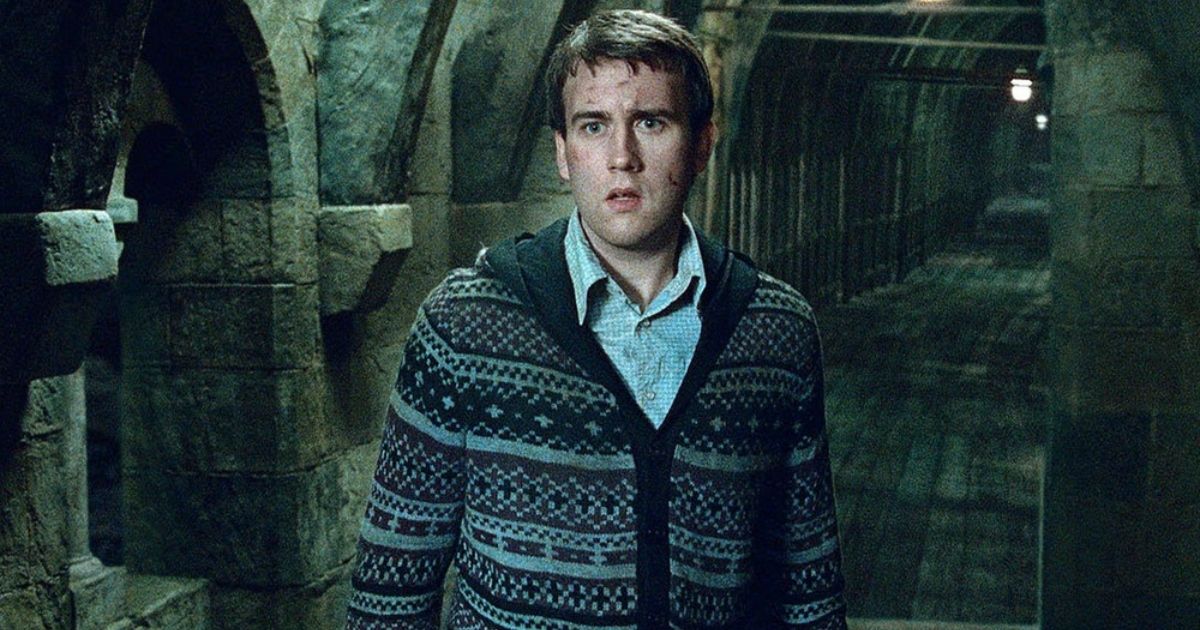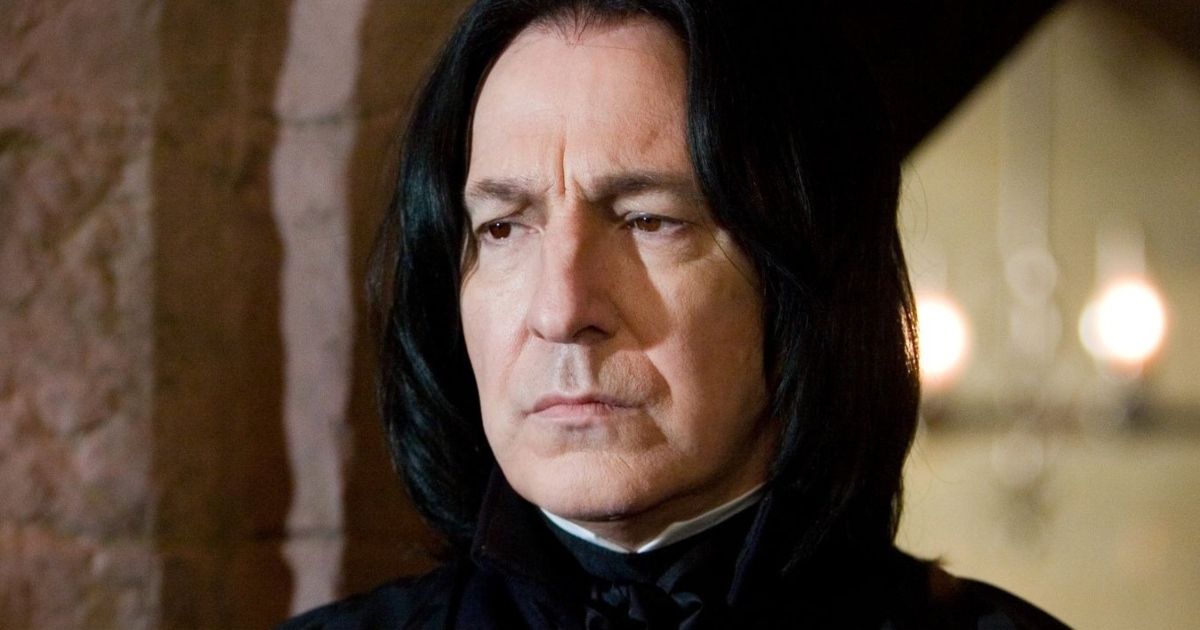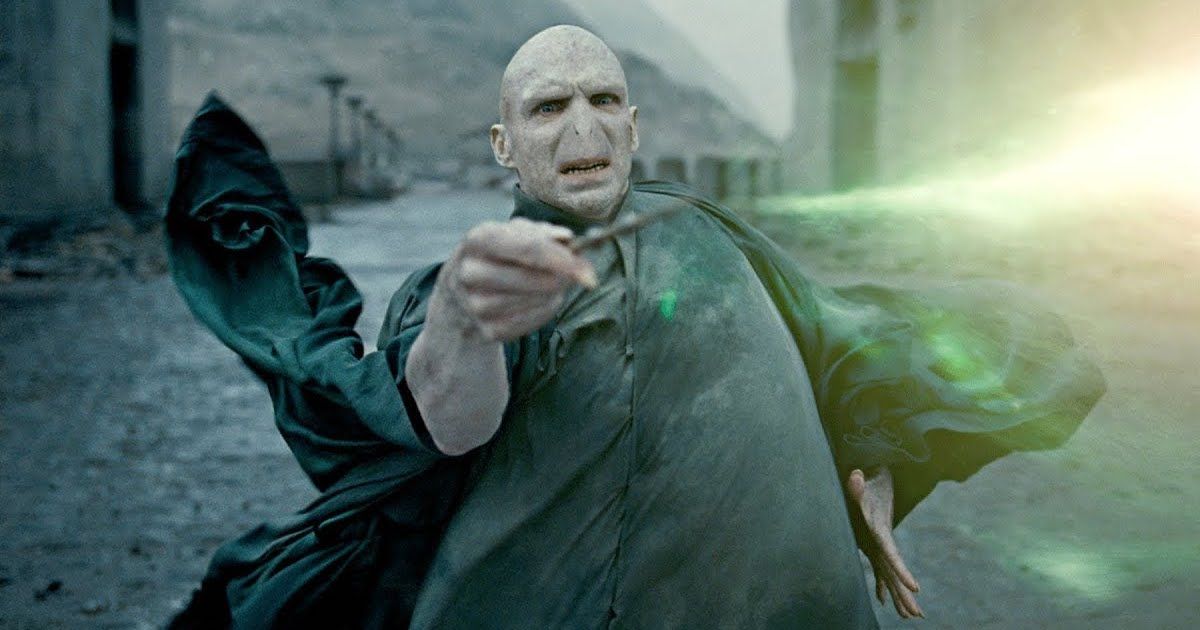When adapting a book for the screen, it's pretty common to see that some things get changed for the film version. The reasons for this vary, but there's only so much time an audience can dedicate to a movie. Some things are going to get removed or changed from page to screen, it's the nature of the beast. However, when the book or series in question is as huge as the Harry Potter franchise, fans might not be happy with all the changes.
Related: July 20, 2023: July is an important month for Harry Potter fans, so this article has been updated with even more drastic changes from the book series when adapted to film.
For the most part, the films based on the Harry Potter books are very faithful to their source material, but there are a few differences that cause some problems, either in the films they appear in or in later films for people who haven't read the books. With a new series planned for the streaming service Max promising to be more faithful to the original books, it might be time to look back on the biggest changes the films made to the book series.
11 Harry Snapping the Elder Wand in Two
The Elder Wand is one of the three Deathly Hallows, magical objects that make the possessor of all three the master of Death. Rumored to be the most powerful wand in existence, legends have sprung up that it can only be taken from its previous owner by killing them, though the book actually shows very clearly that's not the case. Both Dumbledore and Harry won the wand's allegiance without killing its previous owner.
In the book version of Harry Potter and the Deathly Hallows, Harry's original Phoenix feather wand gets broken in a duel. He uses the Elder Wand at the end to repair it, then places the wand in Dumbledore's tomb. In the film, he snaps the Elder Wand in two... without repairing his old wand first. This has a very easy fix. Just show Harry repairing his old wand before snapping the Elder Wand in two.
10 Not Explaining Who the Marauders Were
The Marauders were a group of four close friends who attended Hogwarts together. They were Moony (Remus Lupin), Padfoot (Sirius Black), Wormtail (Peter Pettigrew), and Prongs (James Potter). They created the Marauder's Map, a magical map that shows everyone on the Hogwarts castle grounds at all times, as well as several of the castle's secret passages. It can't be fooled as Peter Pettigrew shows up even though he's in his rat form.
The movie version of Prisoner of Azkaban is pretty faithful to its book counterpart, up until Lupin discovers Sirius Black and the main trio in the Shrieking Shack. The movie says Lupin can operate it, but it never explains how or reveals the full identities of the Marauders and how they obtained their nicknames. This can be a little jarring in later films for people who've never read the books, who might be confused as to why Pettigrew is now being called "Wormtail" or Sirius is being referred to as "Padfoot."
9 The Existence of Teddy Lupin
The relationship between Nymphadora Tonks and Remus Lupin is one that plays out largely off-page or off-screen in both books and movies, but it's an important relationship nonetheless. Remus Lupin was one of only two of the Marauders to survive until the final chapter of the story and the only one who was fighting on Harry's side. Yet, he never felt worthy of any love, attention, or respect because he had been bitten by Fenrir Greyback at an early age and had transformed into a Werewolf every full moon since. Tonks loved Remus despite this and despite his feeling he was too old and damaged for her.
The duo reveals in Deathly Hallows that they have married and later that Tonks is carrying their child. When Lupin appears to have an existential crisis and wishes to abandon his wife and unborn child, it is Harry who pushes him back toward his family. Later, when Teddy Lupin is born, Lupin is thrilled and proudly declares Harry is to be the child's grandfather. Tragically both Lupin and Tonks die in the Battle of Hogwarts, leaving Teddy orphaned in the fight against Voldemort like Harry himself was 18 years earlier. This entire plot, save the marriage of Tonks and Lupin and their subsequent deaths, is cut from the films, presumably for time and the idea that the story is unimportant to Harry. However, it's an important thread throughout The Deathly Hallows that shows that even amidst the darkness and torment, life carries on, and there is always something worth fighting for.
8 Durmstrang and Beauxbatons as All Boy and All Girl Schools
In Goblet of Fire, an exciting new event comes to the Hogwarts grounds in the form of the Triwizard Tournament. This tournament takes students from three wizarding schools and puts them through a series of magical challenges until one victor takes the Triwizard Cup and a bag of gold as their prize. For this event, the students of Hogwarts greet students from two schools newly introduced to the audience. The Durmstrang Institute is a school of dubious reputation that is believed to be located somewhere in either Western Russia or Northern Europe due to the need for a heavy cloak to be included in students' uniforms.
The Beauxbatons Academy of Magic is a French school located in the Pyrenees mountains of Southern France. These things are true in both the books and films, but the films make one glaring change which is problematic in two ways. While the books feature both male and female students in both schools, the film chooses to make Durmstrang an all-boys school and Beauxbatons an all-girls school. While this lines up fine with the genders of the champions chosen, it seems to imply that instead of Fleur Delacour being the only girl in the tournament and beating out other entrants of any gender from her school based on her talent, she now is the only girl in the tournament because there are only girls at her school, implying that girls just aren't good enough to enter the tournament otherwise. On top of that, where do students who identify as non-binary learn the wizarding arts? While we now know that the author of the books would not have a problem with this controversial omission, it's a bad look for the film series.
7 Cutting Out the Best Memories from Half-Blood Prince
The film version of Harry Potter and the Half-Blood Prince focuses a little too much on teen romances and not enough on the important stuff, like the memories Dumbledore shows Harry about Voldemort's past. A few of these memories do make it into the film, such as Dumbledore's first meeting with Tom Riddle (who would eventually become Lord Voldemort) and teenage Tom Riddle asking about Horcruxes, of which he'd create seven. No other wizard had created more than one. While it's understandable that not every memory could have made it in, there is one from the books that absolutely should have: the one where Tom Riddle is shown two valuable trinkets from two of the Hogwarts founders, which would later become two of Voldemort's seven Horcruxes.
This leads to an obvious plot discrepancy where it's unclear how Harry knows of the other founders' objects and their ties to Voldemort. Instead of including this information pivotal to the plot, the film adds a pointless and out-of-nowhere action scene of the Weasleys' house getting burned to the ground. The filmmakers said they wanted to add more action to liven up Half-Blood Prince, but all the Harry Potter films have a central mystery at their core, and trying to solve any mystery involving wizards and witches is just as compelling as any action scene.
6 "DID YOU PUT YOUR NAME IN THE GOBLET OF FIRE?!"
One of the most infamous changes and one of the most mocked, it's almost impressive how one single out-of-character line delivery can be so ruinous. The context? The Goblet of Fire is supposed to select three champions from three different schools to compete in the Triwizard Tournament. However, the Goblet spits out a fourth name: Harry Potter. Immediately, several teachers, including Professors Snape and Karakaroff, accuse Harry of cheating.
However, as the book very clearly states, Dumbledore asks calmly if Harry put his name in the Goblet of Fire. Dumbledore is not a character who would manhandle a student and bellow at them as he does during this line delivery in the film. In fact, in the very next book, Dumbledore comes very close to cursing Ministry of Magic spy Professor Umbridge for doing just that.
5 Percy Weasley's Break From His Family Is Cut
Percy Weasley is the third child in the Weasley family, and in the first book and film, he's the oldest of the Weasley children still attending Hogwarts. He's an ambitious boy who wants to join the Ministry of Magic, which he does soon after leaving Hogwarts after Prisoner of Azkaban. Though Percy was never featured prominently in the films, he does play a bigger role in the books, and one omitted storyline hits harder than most. After the events of the Goblet of Fire, when the Ministry chooses to ignore the obvious signs of Voldemort's return, Percy chooses to tow the Ministry line and breaks with his family, moving out of The Burrow and refusing every effort of his mothers to reach out and heal the family divide.
While Percy is shown in the films with the Ministry, the reason for his being there is never addressed. It's understandable that such a plot was deemed inconsequential and was cut for time. However, the story of Percy and his division from his family is an important story about the power of disinformation and the refusal to see the truth if it's too painful or scary. Something rather poignant and significant in our current political climate.
4 Giving Ron's Best Lines to Hermione or Cutting Them Out Completely
It's almost universally agreed upon that the Harry Potter films did Ron dirty. One of the most notable ways Ron got the short end of the stick was how most of his best lines were given to Hermione. One notable example of this comes in Chamber of Secrets, when Hermione is the one to explain what the racial slur "Mudblood" means in the film while Ron sits there, humorously vomiting up slugs. In the book, it's Ron who explains what the slur means (while still vomiting up slugs), which makes sense. He grew up in a Wizarding society. Harry and Hermione didn't. The book also has Ron point out how utterly idiotic the whole idea of Wizarding blood supremacy is, a moment that is given to Hagrid in the film. The change that causes the most scorn is probably in Prisoner of Azkaban, where Harry and Hermione discover Sirius Black and Ron in the Shrieking Shack.
In the book, Ron, who has a broken leg, hobbles in front of Harry and says "If you want to kill Harry, you'll have to kill us, too." This causes Sirius to smile, no doubt seeing his own loyalty to James Potter in Ron. This line is again instead given to Hermione in the film version. Prisoner of Azkaban also has one great Ron moment completely changed. Snape calls Hermione an insufferable know-it-all. In the book, Ron defends her and gets detention for it, while the film sees him agree with Snape. There are other moments like this across the films, and while they may seem small, they do start to add up. It's alright, Ron. We all know you deserved so much better. At least you'll always have the chess scene and destroying the Horcrux in Salazar Slytherin's locket.
3 Harry Wasn't the Only One Who Could Have Been The Chosen One
At the end of Order of the Phoenix, just after he's finished his Divination O.W.L., Harry witnesses Professor Trelawny going into a sort of trance where she delivers the famous prophecy in which Harry appears to be the only one who has the ability to destroy Voldemort. However, in the books, when Harry points this out, Dumbledore delivers some intriguing information. The terms of the prophecy could actually have referred to two boys born to parents who had thrice defied Voldemort and who was born at the end of July; Harry himself or Neville Longbottom.
Instead of waiting until the children had grown so that he could see who posed a greater threat, Voldemort decided that the prophecy must refer to Harry, a child of both one magical parent and one non-magical parent, as Voldemort himself was. In going after Harry, he sealed both their fates and set about the events of the series. If he'd waited, it's possible neither child would have ended up growing to be able to defeat him, as a secret Dumbledore also reveals is that not every prophecy comes true.
2 Aging Up the Generation of Harry's Parents
Time to get a little controversial, but it has to be said. As fabulous as Alan Rickman was in the role of Severus Snape, and as hard as it would be now to imagine anyone else in the role, he was too old to play the character. At the time the first book Sorcerers Stone takes place, Snape should have been approximately 32 years of age, but Rickman was aged 55 when the film debuted. In turn, the actors who played Harry's Parents in a photograph Hagrid gives Harry of his parents, which should have been taken at least 11 years before the events of the film, were 43 and 34, while the rest of the generation were likewise aged up when they debuted three years later in Prisoner of Azkaban; Gary Oldman (Sirius Black) was 45, Timothy Spall (Wormtail) was 47, and David Thewlis (Remus Lupin) was 41.
The reason this change was a mistake is the impact the change has on the audience. Harry's parents were approximately 21 years old when they died, but in the film, they're portrayed as quite a bit older. While a death in their 30s or 40s also would have been tragically young, it has much less impact than a death when they're barely out of childhood.
1 The Final Duel Between Harry and Voldemort
Here's a scene from the movies that completely misses the point its book counterpart was going for. In the book, the final duel between Harry and Voldemort takes place in the Great Hall, where everyone can see. Harry taunts Voldemort, calling him by his real name, and explains that the Elder Wand is loyal to him and will never work for Voldemort. The two cast spells at each other, but the Elder Wand, unable to kill its true wielder, has the Killing Curse it fired reflected back on Voldemort. The book emphasizes how in death, Riddle looks like an ordinary and feeble man. It's the ultimate humiliation for a character whose literal name means to cheat death.
The film version has the duel take place in an outside courtyard with nobody around and is preceded by a scene of Voldemort and Harry flying around the castle, appearing as black smoke. When the curse backfires, Voldemort dissolves. While it is more cinematic, showing him as a regular person in death and not as unique as he thinks, would have been a lot better and more in line with what the book was going for.

